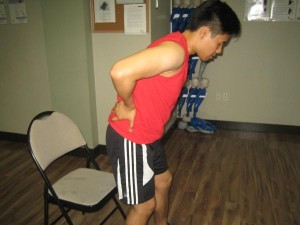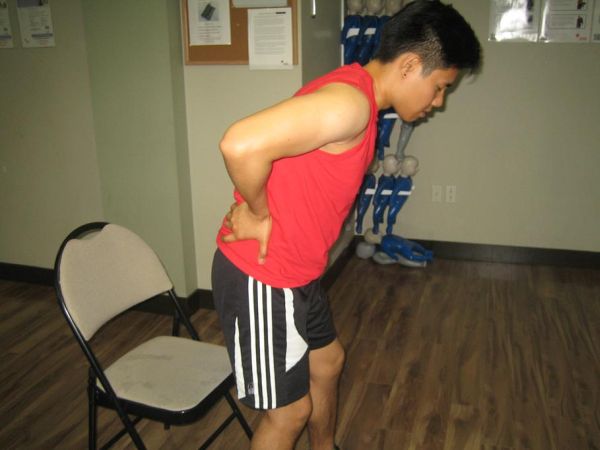Urinary incontinence is the loss of bladder control. It is a common problem that can cause embarrassment. The severity of loss of bladder control can range from mild leakage (infrequent urine leakage) to uncontainable wetting (very abrupt and strong urge to urinate).Urinary incontinence is usually occurs when the muscles involved in urinating, the internal and external sphincter, become either too weak or too active. It commonly occurs with age. Treatment will depend on the underlying cause.
Urine Pathway
It is necessary to understand the urinary tract to understand urinary incontinence. Urine is composed of water and wastes from the blood that has been filtered by the kidneys. The urinary tract, which is composed of organs, tubes and muscles that work together, is what creates, transports, stores, and discharges urine in the body. The bladder is capable of storing up to two cups of urine, but when there is approximately one cup of urine, the nerves found in the bladder wall send a signal to the nerves of the spinal cord and eventually the brain. In turn, the brain sends a signal to the bladder to initiate wall contractions and to relax the internal sphincter muscle. Urine will then flow from the bladder and down to the urethra. Normally, urine is released upon relaxation of the external sphincter, a voluntary muscle.
What are the Different Types of Urinary Incontinence?
There are several different types of urinary incontinence, each with slightly varying symptoms and intensity.
- Stress Incontinence
- Loss of bladder control upon exertion of stress or pressure on the bladder
- E.g. laughing, coughing, sneezing, and lifting weighty objects
- Loss of bladder control upon exertion of stress or pressure on the bladder
- Urge Incontinence
- Abrupt, intense desire to urinate and followed by incontrollable urine discharge
- Frequent need to urinate
- Overflow Incontinence
- Inability to completely empty the bladder or frequently dribbling urine
- Functional Incontinence
- Inability to reach the toilet in time due to physical or mental impairments
- Mixed Incontinence
- Combination of different types of urinary incontinence
- Total Incontinence
- Uncontrollable wetting of large volumes
What Causes Urinary Incontinence?
The following may lead to urinary incontinence, usually temporarily.
- Pregnancy and childbirth
- Menopause
- Enlarged prostate
- Removal of prostate gland
- Overhydration
- Diuretics, such as caffeine and alcohol
- Bladder irritation
- Urinary tract infection
- Constipation
- Bladder stones
- Bladder cancer
- Certain medications, such as heart, blood pressure and other drugs
How is Urinary Incontinence Managed with First Aid?

Several remedies can be done for urinary incontinence. No single treatment is available for everyone, however,the following steps may aidin managing urinary incontinence:
- First and foremost, if one feels the urge to urinate, do so without any delays.
- Avoid drinking diuretics.
- Limit fluids at particular times of the day, especially at night.
- Wear diapers, especially for those with functional incontinence.
- Learn the necessary bladder training.
Disclaimer: This article on urinary incontinence should not be used to for diagnosis or medical advice. To learn how to recognize symptoms, such as urinary incontinence, enroll in First Aid Courses.

